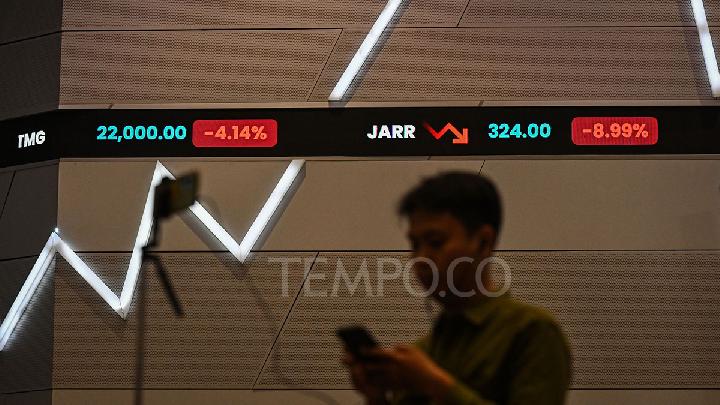By: Maria Chourdaki, Konstantinos Dellis, Phoebe Koundouri, Athens University of Economics and Business.
The escalating impacts of climate change are deepening a critical finance gap across the European Union, as investments in adaptation measures fail to keep pace with rising costs. This burgeoning finance gap means the price of inaction is dramatically eclipsing the necessary investments in resilience – threatening economic stability and social equity.
The Adaptation Investment Cycle (AIC), offers a framework for regions to effectively plan and secure the vital funding needed to strengthen climate defences.
The economic stakes of a changing climate
To what extent does economic growth depend on how well we adapt to climate-related disasters? The question has gained urgency, with growing evidence that climate-related damage does not only affect society at large but also significantly influences both public and private sector willingness to pay to avoid worst-case outcomes. But when the storm passes, who ends up footing the bill?
The cost of inaction
Adaptation finance accounts for less than 5 percent of total global climate finance, with an annual adaptation funding gap in Europe estimated at €15–€64 billion.
The key issue is the cost of inaction. Rebuilding after climate disasters has shown to cost far more than investing in prevention and resilience measures — or, simply put, doing nothing is more expensive than adapting.
The increasing financial toll of climate change presents serious challenges for many regions, particularly those with limited budgets and weak institutional capacity. Without urgent action, rising costs risk diverting resources from other urgent priorities.
While public attention often centres on the visible damage of climate events, the broader macroeconomic impacts get less attention – such as productivity losses from heatwaves, disrupted supply chains, and growing health costs.
Investing in adaptation
The most compelling case for adaptation is economic: inaction costs more. Many studies have examined this; a case study in Lower Austria highlights that without additional adaptation measures, the projected impacts of climate change could reduce the region’s GDP by 0.8 percent to 0.9 percent by 2030, 3.3 percent by 2050, and 5 percent to 6.7 percent by the 2070s, relative to a 2015 baseline.
An analysis of 24 Caribbean island nations found that inaction on climate change could cost the region US$11 billion by 2025 and US$22 billion by 2050—equivalent to 5 percent and 10 percent of 2004 GDP, respectively.
Across the EU, weather and climate-related extremes caused losses totalling €738 billion between 1980 and 2023, with over 162 billion Euro (22 percent) occurring just between 2021 and 2023.
Another study shows that by 2050, disposable income of households led by the unemployed or retired could fall 57 percent and 15 percent below average levels, respectively.
Climate change is likely to widen these gaps, further straining social cohesion. Job losses in vulnerable sectors will worsen inequality and challenge the goal of socially sustainable development.
This is where adaptation pays off: it reduces long term costs, builds capacity, supports biodiversity and mitigation goals, and brings economic gains such as jobs and added value key to managing the rising costs of climate change.
Who will pay the bill?
This leads to the climate adaptation finance gap: the difference between the costs of meeting adaptation target and the funding currently available.
The Horizon Europe Pathways2Resilience (P2R) is a research and innovation project seeking to increase the resilience of at least 100 European regions and communities. It aims to address the adaptation finance gap by developing the Adaptation Investment Cycle (AIC), a structured methodology that aims to help regions design their Climate Resilience Investment Plan.
The AIC offers a step-by-step financial planning framework consisting of six phases to ensure that regional climate adaptation actions are well-designed, financially viable and ready for implementation. It is designed to work in tandem with the Regional Resilience Journey, the main framework for the development of Regional Adaptation Plans, but also applies to regions with an adaptation plan already in place.
The cycle encourages regions to align climate goals with broader development plans, create a clear economic rationale for adaptation and track existing spending on adaptation. This embeds planning into each region’s financial and regulatory contexts.
To broaden funding access, the AIC includes a comprehensive Catalogue of 57 of sources and instruments for adaptation finance. More than a list, the catalogue is designed to increase the speed and efficiency of adaptation project development by making it easier for regions to select the most suitable finance sources and instruments, thereby reducing costs.
A six-step process
The AIC begins by setting a regional context and defining adaptation goals. Next, it identifies barriers to finance and maps out a plan to diversify funding. Then, investment needs and adaptation pathways are defined. The process concludes with an Investment Plan and Project Pipeline, building a strong financial case for each action – complete with cost estimates, funding models, and long-term priorities.
The AIC process promotes collective responsibility for managing climate risks and advancing adaptation across communities, the private sector, and financial institutions —based on who stands to benefit. This collaborative approach fosters the development of innovative financial mechanisms and instruments.
A key output of the AIC is the Investment Plan, which increases the visibility of investment needs and opportunities for governments and investors, highlights the costs of inaction, current financial flows, investment requirements, and the existing finance gap. A central principle of the AIC is the diversification of funding sources and financial instruments.
By completing the AIC, regions are better positioned to mobilise and effectively use their own financial resources to enhance climate resilience. They will also be able to develop and finalize their investment plan, establish a strong economic and financial case for their regional action plan, and ensure that each proposed action is supported by a clear financing strategy.
Delaying action increases future costs
The evidence shows that the cost of inaction far exceeds the investment required for adaptation, threatening long-term development, equity, and stability.
Climate adaptation is an economic necessity inextricably linked to regional development. Effective adaptation finance is a shared responsibility, requiring strategic coordination between public and private sectors, and local and national actors.
Beyond finding funding –it’s about smart, inclusive planning that aligns with goals such as those outlined in the Europe 2020 Strategy for sustainable and resilient growth. Investing in adaptation now means protecting our economies, communities, and shared future.
Originally published under Creative Commons by 360info™.
*) DISCLAIMER
Articles published in the “Your Views & Stories” section of en.tempo.co website are personal opinions written by third parties, and cannot be related or attributed to en.tempo.co’s official stance.


















































